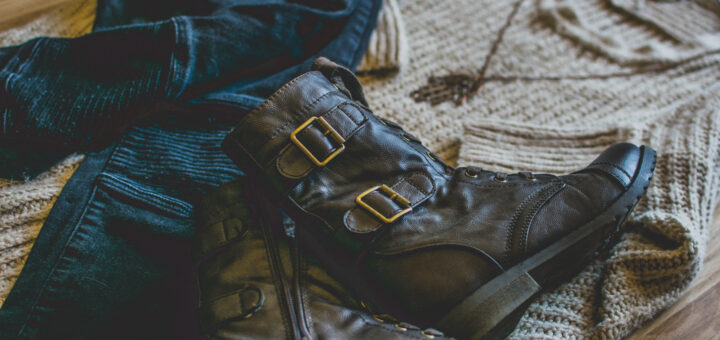Why National Secondhand Wardrobe Day is so important

It’s time to start shopping secondhand
By Kate Vincent, Contributor
These days, it seems like there is a national day for every occasion, activity, and delicacy. May 25 was National Wine Day, and just last month, many Instagram influencers shared pictures of pursed lips for National Lipstick Day. Millennials everywhere raised their toast in July to celebrate National Avocado Day, and of course, let us not forget my own personal favorite: National Cat Day.
While some of these days rarely seem like calendar marking events, there are a few official holidays worth mentioning — one of those being National Secondhand Wardrobe Day, held on Aug. 25. (We’ll talk about National Cheese Day some other time.)
There are multiple reasons to shop secondhand and to donate to thrift shops. Not only is it more affordable, but it can also be an opportunity to protect the environment, reduce unsafe working conditions, cut down on child labor and help people in your own community who cannot afford new outfits.
Enter: the thrift store. If the mention of a thrift store conjures up memories of cluttered shelves filled with floral dishes and nubby grandpa sweaters, times have changed and you’re in for a treat.
Modern consignment stores are filled with current fashion trends rarely worn more than twice and boast affordable prices. In one store I recently traipsed through, there were even full racks dedicated to Aritzia.
In Calgary, The Clothing Bar and Danielle’s Consignment Boutique are two examples of places you can pick up your next affordable outfit that will make you feel like a million bucks — and thrift store prices are even more affordable.
If the idea of having more money to spend on cheese and cats doesn’t sway you, perhaps the dire environmental impacts and harmful working conditions the fashion industry has created will.
In the documentary The True Cost, Lucy Siegle once said, “Fast fashion isn’t free. Someone, somewhere is paying.”
According to Sustain Your Style, more than 60 per cent of fabric fibers are now synthetic, meaning if and when your clothes end up in a landfill, they will not biodegrade. Plus, about 1,800 gallons of water is used to make just one pair of jeans. Current research shows fashion’s carbon footprint is giving industries like oil a run for their money.
The website goes on to mention the inhumane working conditions for the people — often children — who are making next season’s trends. Underpaid, overworked and often abused, many of these garment workers are sacrificing their lives.
Buying secondhand clothing may not have an immediate impact on the environment and poor working conditions, but as fashionistas begin to make more thoughtful decisions while shopping, fashion industries may have to rethink their strategies to keep up with their eco-friendly and conscious consumers.
As Yves St. Laurent says, “Fashion is temporary, style is eternal.”
Let’s make our fashion investments last longer than Naomi Campbell’s infamous patience and start shopping secondhand.




